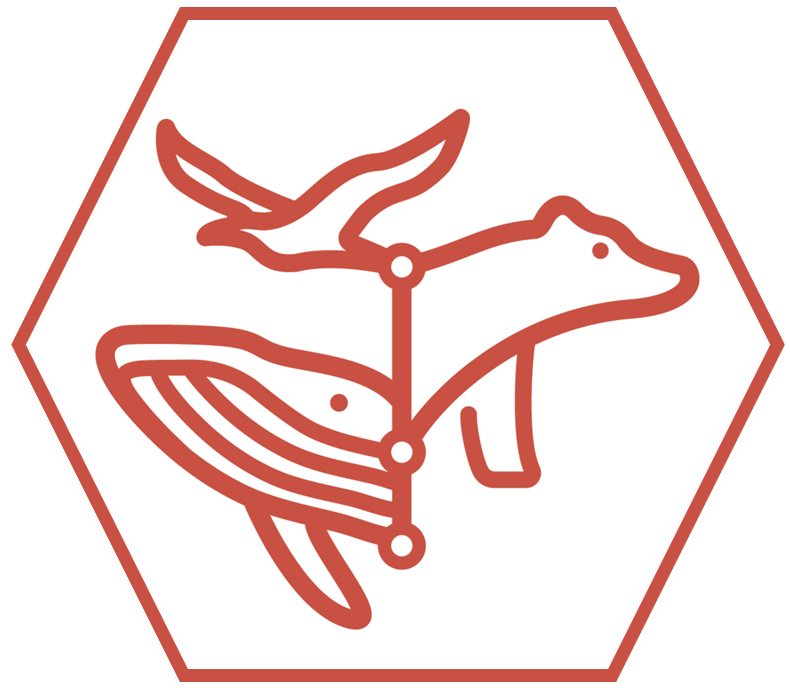Using Satellite Radiotelemetry Data to Delineate and Manage Wildlife Populations
Citation
Amstrup, S. C., T. L. McDonald, and G. M. Durner (2004). “Using Satellite Radiotelemetry Data to Delineate and Manage Wildlife Populations”. In: Wildlife Society Bulletin 32.3, pp. 661-679. URL: http://www.jstor.org/stable/3784789.
Keywords
Arctic, Beaufort Sea, boundaries, clustering, Fourier transform, kernel, management,polar bears, population delineation, radiotelemetry, satellite, smoothing, Ursus maritimus
Abstract
The greatest promise of radiotelemetry always has been a better understanding of animal movements. Telemetry has helped us know when animals are active, how active they are, how far and how fast they move, the geographic areas they occupy, and whether individuals vary in these traits. Unfortunately, the inability to estimate the error in animals’ utilization distributions (UDs), has prevented probabilistic linkage of movements data, which are always retrospective, with future management actions. We used the example of the harvested population of polar bears (Ursus maritimus) in the Southern Beaufort Sea to illustrate a method that provides that linkage. We employed a 2-dimensional Gaussian kernel density estimator to smooth and scale frequencies of polar bear radio locations within cells of a grid overlying our study area. True 2-dimensional smoothing allowed us to create accurate descriptions of the UDs of individuals and groups of bears. We used a new method of clustering, based upon the relative use collared bears made of each cell in our grid, to assign individual animals to populations. We applied the fast Fourier transform to make bootstrapped estimates of the error in UDs computationally feasible. Clustering and kernel smoothing identified 3 populations of polar bears in the region between Wrangel Island, Russia, and Banks Island, Canada. The relative probability of occurrence of animals from each population varied significantly among grid cells distributed across the study area. We displayed occurrence probabilities as contour maps wherein each contour line corresponded with a change in relative probability. Only at the edges of our study area and in some offshore regions were bootstrapped estimates of error in occurrence probabilities too high to allow prediction. Error estimates, which also were displayed as contours, allowed us to show that occurrence probabilities did not vary by season. Near Barrow, Alaska, 50% of bears observed are predicted to be from the Chukchi Sea population and 50% from the Southern Beaufort Sea population. At Tuktoyaktuk, Northwest Territories, Canada, 50% are from the Southern Beaufort Sea and 50% from the Northern Beaufort Sea population. The methods described here will aid managers of all wildlife that can be studied by telemetry to allocate harvests and other human perturbations to the appropriate populations, make risk assessments, and predict impacts of human activities. They will aid researchers by providing the refined descriptions of study populations that are necessary for population estimation and other investigative tasks.

Comments
Winner of The Wildlife Society’s 2005 Wildlife Publications Award in the Outstanding Article/Journal Paper Category